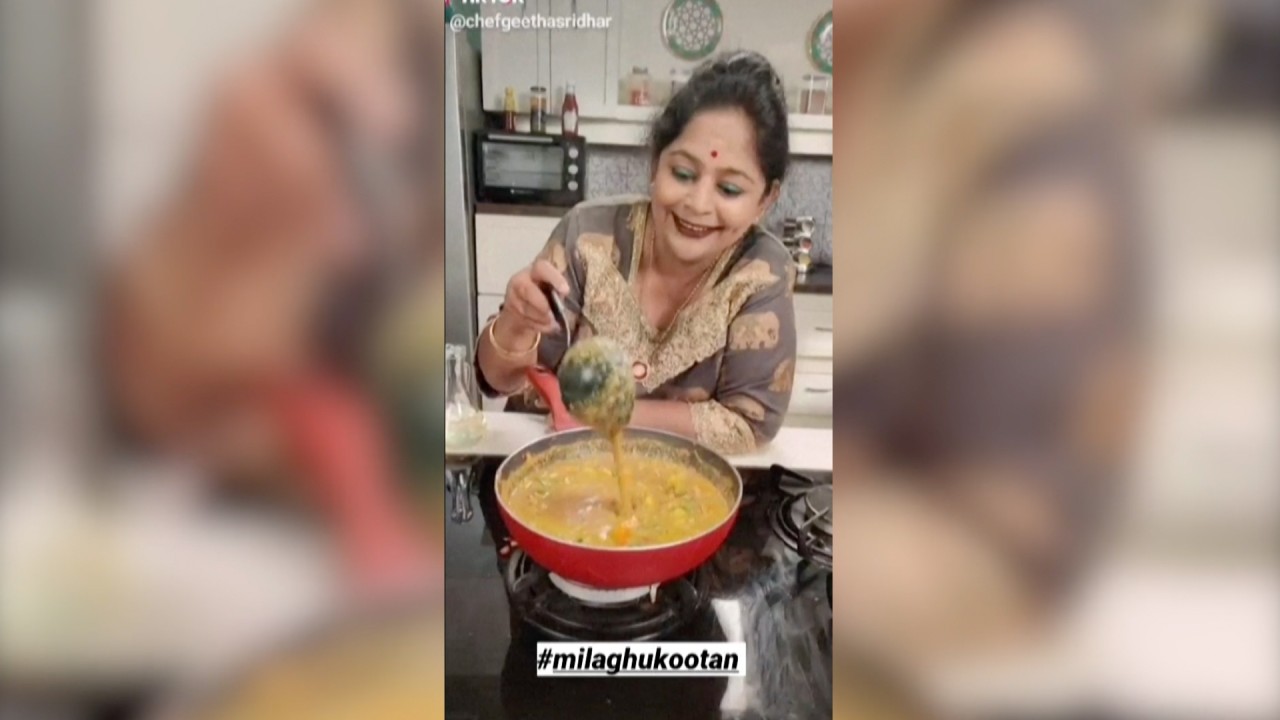
How Netflix’s Indian Matchmaking scratches the glossy surface of ‘new India’
- Through the lens of courtship and marriage, the show presents a class of Indians who easily straddle East and West, but conflates upper-caste Hindu culture with Indian culture. While laying bare regressive stereotypes, the show also offers space for rebellion
At the start of Netflix’s Indian Matchmaking , Preeti, an Indian, elaborates on her specifications for the ideal bride for her son. She should be not below 1.6 metres tall and must be “flexible”, a word which along with “adjust” and “compromise” recurs throughout the series.
The show, which follows matchmaker Sima Taparia as she travels between India and the United States, has sparked much discussion since it premiered on July 16. Some criticise it for promoting casteism, colourism, patriarchy and heteronormativity, while others complain it presents India in a negative light.
The young people raised in the US are only distinguishable from their India-based counterparts by their accents. Almost all wear Western clothes, speak English, consume alcohol and meat, and love to travel. Their homes – spacious, well lit and modern with a few “ethnic” touches – could be interchangeable.

01:41
India’s TikTok ban closes lucrative window to the world for many rural women
Indianness is marked largely by shots of statues of Hindu gods in the home, by Taparia’s recourse to astrologers and horoscope matching and by generalised references to “Indian culture”. For example, Vyasar from Austin, Texas, says he loves to cook and is willing to be a stay-at-home dad, but his wife must have an “appreciation of Indian culture”.
The former ostensibly views marriage as the joining of two families, the latter as an individualised emotion-based choice. In fact, this distinction is superfluous – even “love” marriages eventually must be sanctified by the family, with all the related pressures. This includes attention to wealth and caste; Taparia acknowledges that “millions of dollars and reputations are at stake”.
Global desis may believe they inhabit a post-caste utopia, but this facade slips when it comes to marriage. Thus, while Taparia tells Nadia – whose family migrated to the US from Guyana – that “caste is not a problem for anybody”, Nadia’s struggle to find an Indian spouse might be rooted in the difficulty of ascertaining the caste of a family whose ancestors left India so long ago.
Skin whitening products rebrand, but old prejudice remains
While beneath the transnational glamour of the global desi is a narrow idea of what being Indian means, Indian Matchmaking does present ruptures.
The young women of Indian Matchmaking largely seem to eschew this commitment to balance. Instead, they reserve the right to selectively deploy tradition and modernity as they please. While they remain conscribed within the pressure to marry, they are disinclined to compromise.

05:31
Love in modern China: The matchmaker of Beijing
The show opens with Preeti, who signifies the evils of too much tradition, and Aparna, a lawyer who is cast as the archetypal shrew to be tamed. Towards the end we meet Ankita, who realises that “spending time with myself is what actually I enjoyed the most” and embraces her business as her baby.
Ankita’s mother muses, “this generation is like this now – rebellious”. Because Indian Matchmaking presents us with only one, deeply unsatisfying example of compromise at the end, perhaps we are being invited to enjoy the rebellion, however limited.
Charmaine Carvalho is a senior production editor at the Post. She has a PhD in creative writing, with a focus on gender studies, and over 15 years’ experience as a journalist in Hong Kong and India

